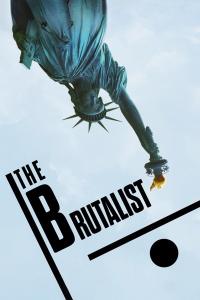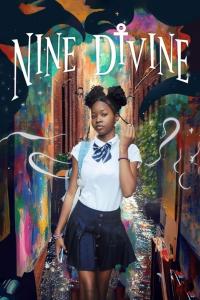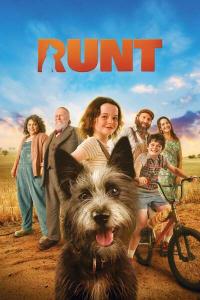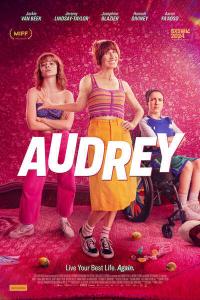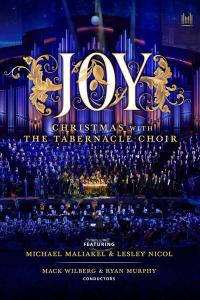Torrent details for "Sculthorpe - Requiem - Adelaide SO, Judd (2006) [FLAC]" Log in to bookmark
Controls:
Language:
 English
EnglishTotal Size:
491.59 MB
Info Hash:
1e782f2f07fd673548a278f03e99ffb4e7867014
Added By:
Added:
17-08-2022 23:15
Views:
245
Health:

Seeds:
2
Leechers:
0
Completed:
1
Thanks for rating :
ebolahanta (4),
(4),
ebolahanta


Peter SCULTHORPE
CD1 Requiem (2004)a [42:15]
CD2 My Country Childhood (1999)b [15:54]
Earth Cry (1999)b [5:57]
Great Sandy Island (1998)b [22:47]
New Norcia (2000)b [5:07]
Quamby (2000)b [23:26]
Adelaide Chamber Singersa;
William Barton (didjeridu)a
Adelaide Symphony Orchestra/Arvo Volmera, James Juddb
rec. Adelaide Town Hall, November 2005 (Requiem) and June 2000 (CD2)
ABC CLASSICS 476 5692 [42:15 + 73:16]
In 1979 Sculthorpe composed a Requiem for solo cello, with which the recent Requiem completed in 2004 should not be confused. The earlier work was largely founded on plainchant melodies from the Requiem Mass; the recent choral-orchestral setting only briefly alludes to plainchant. The 2004 setting is dedicated to the memory of his father and mother who died in 1961 and 1994 respectively. However, Sculthorpe did not want his Requiem to be on an extravagantly large scale, although it plays for some forty minutes. Rather it was to be a private utterance, so that the 2004 work is on the whole rather restrained, more on the scale of, say, Fauré’s setting than that of Berlioz or Britten. It is scored for relatively modest forces: small mixed chorus and standard orchestra. It nevertheless includes an important part for didjeridu, an instrument that Sculthorpe has often included in his instrumental palette. The use of the didjeridu as well as the inclusion in the Canticle and in the Communion of the Aboriginal Maranoa Lullaby tends to impart to the Requiem further implications, other than simply paying homage to his parents’ memory. It seems that it was in part Sculthorpe’s initial intention to compose a Requiem for all children who had fallen victim to war as well as extending his compassion towards outcasts. The use of the didjeridu and of the Aboriginal lullaby is yet another protest against the way the Australian Aboriginal people were treated. His Requiem might be compared to that of Britten - also a protest against war - and "the pity war distilled". The six sections of the Requiem actually fall into two parts: Part 1: Introit, Kyrie, Gradual and Sequence; Part 2: Canticle, Sanctus, Agnus Dei and Communion. The opening Introit chant is underpinned by drumming, except in the central section. A cadenza-like passage for didjeridu leads into the Kyrie, one of the sections in which a Gregorian tune is used as a ground. The next section Gradual restates some material from the Introit. The Sequence opens with a brief quote of the traditional Dies Irae, but the Dies Irae section proper is rather subdued quite unlike that in, say, Britten’s or Frank Martin’s Requiem. Part 2 opens with the Maranoa Lullaby; Sculthorpe had already written a setting of it for soprano and string quartet in 1996, that was recorded by Anne-Sofie von Otter and the Brodsky Quartet. The Canticle section opens with Sculthorpe’s "signature": sea gulls’ cries (harmonic glissandi in the strings). The chanting in this very beautiful section is mostly unaccompanied. It closes with didjeridu accompanied by "sea gulls". This leads into another, rather more elaborate cadenza-like episode for didjeridu, that leads into the short, vigorous Sanctus, again underpinned by drumming. The short Agnus Dei somewhat recalls the opening of the Introit. The final Communion opens with sea gulls and didjeridu. Then, a restatement of the Maranoa Lullaby is introduced by a whiff of Gregorian chant on trombone. The Lux Aeterna is first intoned by men’s voices and didjeridu and later by full chorus and orchestra, still with didjeridu. The Requiem ends with a luminous Amen. Sculthorpe’s Requiem, one of his most substantial scores, is a profoundly sincere and humane statement that cannot fail to move. A magnificent work.
The second disc offers several fairly recent works composed between 1998 and 2000, although the 1999 Earth Cry recorded here is in fact the abridged version of a somewhat longer work completed in 1986. New Norcia for brass and percussion is an arrangement of the 1996 setting of Psalm 150 (boys’ voices) that Sculthorpe composed to mark the sesquicentenary of Launceston Church Grammar School where he was educated and in which choir he sang as a boy. The orchestral suite Quamby is an arrangement for chamber orchestra of the slightly earlier String Quartet No. 14 (1998). It is well known that Sculthorpe is never one to waste a good idea. Some of his works exist in several instrumental versions, such as Irkanda IV or the Sonatas for Strings. So, the really new works are My Country Childhood for string orchestra completed in 1999 and Great Sandy Island composed in 1998. The composer describes My Country Childhood as a suite of "four song-like movements". The music here is tuneful and straightforward, superbly written for strings. Some earlier material has been ‘recycled’. For example, we are told that the main melody of the second movement A Church Gathering is based on a theme from Songs of Sea and Sky (1986). The music of the third movement A Village Funeral is a reworking of a sequence from the soundtrack of Burke and Wills (1985).
From quite early on in his composing life, Sculthorpe contemplated a large-scale work based on the life of Eliza Fraser. There were several attempts at an opera as well as a ballet, though nothing came of it. The only result so far was a music-theatre piece Eliza Fraser Sings for soprano, flute and piano on words by Barbara Blackman. This was composed in 1978. That plan eventually came to fruition in the orchestral suite Great Sandy Island completed in 1998. Although it is based on episodes of Eliza Fraser’s life, the music has no real descriptive programme. As Graeme Skinner states in his detailed insert notes, the work is "rather concerned with Eliza’s encounters with what Sculthorpe calls ‘the spirit of the landscape’". The opening movement The Sea Coast is more an evocation of the Pacific coast than a depiction of the shipwreck that landed Eliza Fraser on the Great Sandy Island, now called Fraser Island, off the Queensland Coast. The fourth movement The Garrison is actually the only one that is more overtly descriptive, with trumpet and drum suggesting the military settlement.
To some extent, Quamby is a companion piece to My Country Childhood, in that it too is connected to the composer’s childhood in Tasmania. During fishing trips with his father, the composer was told the legend of Quamby Bluff, a place where native inhabitants were killed by colonial troops in the 19th Century. Legend or not, this is reflected in some serious, stringent music at odds with the more nostalgic stance of My Country Childhood.
These performances are excellent and warmly recorded. The fairly generously-filled release will appeal to all Sculthorpe fans, the more that some of these works receive their first recording - this is certainly the case with the Requiem. There is not much to choose between this recorded performance of Quamby and that by the Tasmanian Symphony Orchestra conducted by Richard Mills (ABC Classics 476 7627) that also includes a fine reading of Cello Dreaming and of Nourlangie for guitar and orchestra. All in all this is a magnificent release, and one that may be safely recommended to all Sculthorpe admirers. It is also a fine introduction to this endearing composer’s sound-world. Not to be missed.
Hubert Culot



